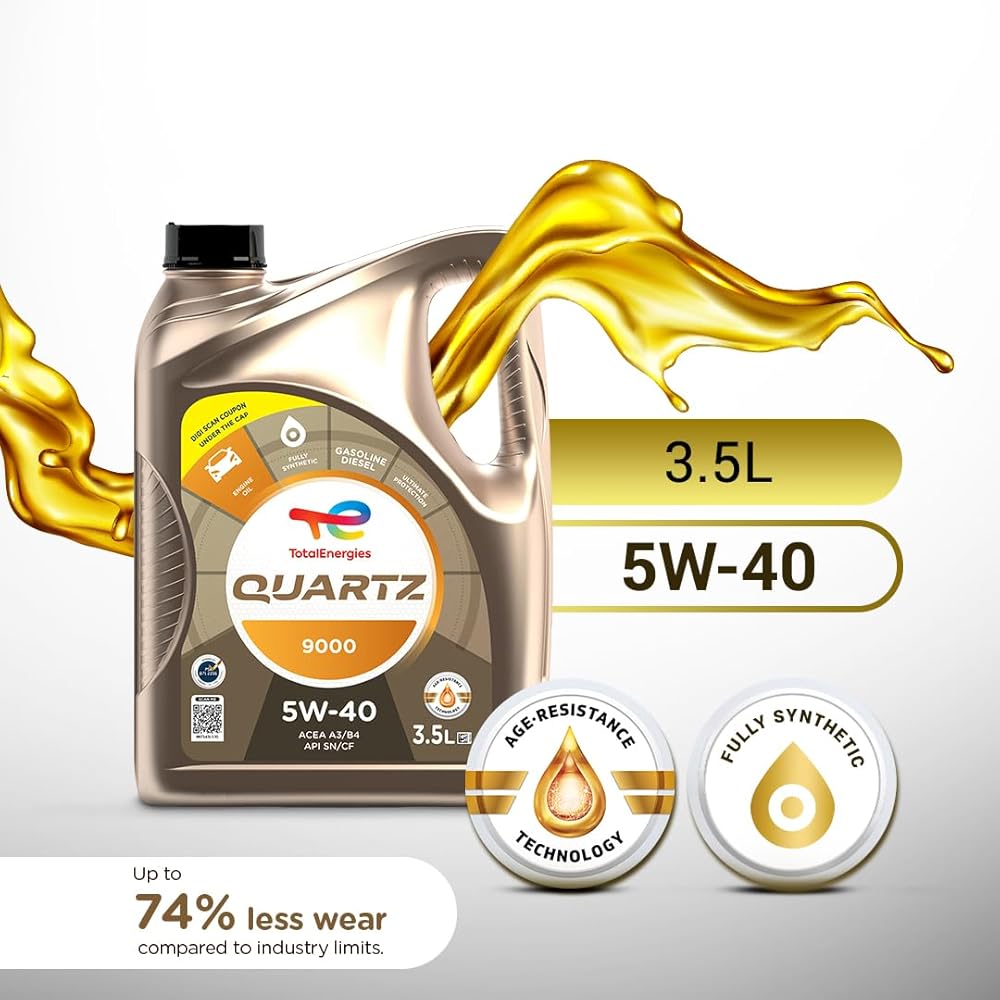When it comes to engine oils and lubricants, misinformation is everywhere. From casual conversations at the mechanic’s shop to advice passed down from older generations, many drivers and equipment owners unknowingly hold on to beliefs that are outdated or completely false.
In this article, we’re debunking five of the most common myths about engine oils — and giving you the facts you need to protect your engine and get the best performance.
Myth 1: The Thicker the Oil, the Better the Protection
The Belief:
Many people think that using thicker oil (higher viscosity) always provides better engine protection, especially in older engines.
The Truth:
Oil viscosity must match the engine manufacturer’s specification.
- Thicker oil may not circulate properly, especially during cold starts, leading to poor lubrication when your engine needs it most.
- Modern engines are designed for lower-viscosity oils that flow quickly and reduce friction. Using oil that is too thick can increase engine wear, reduce fuel efficiency, and even cause damage over time.
Takeaway:
Always use the oil grade recommended by your vehicle or equipment manufacturer.
Myth 2: You Must Always Change Your Oil Every 3,000 Miles (or 5,000 km)
The Belief:
People have long believed that engine oil must be changed religiously every 3,000 miles.
The Truth:
This rule is outdated.
- Modern lubricants, especially synthetic oils, can last up to 7,500 to 15,000 miles depending on the oil type and driving conditions.
- Vehicle manufacturers now provide specific oil change intervals based on real-time monitoring or advanced formulations.
Takeaway:
Follow the oil change intervals recommended in your owner’s manual or by your lubricant manufacturer, not old, generalized rules.
Myth 3: Once You Start Using Synthetic Oil, You Can’t Go Back to Mineral Oil
The Belief:
Some drivers think switching to synthetic oil is permanent and that reverting to mineral oil will damage the engine.
The Truth:
You can switch between synthetic and mineral oils without damaging your engine, as long as the viscosity grade and specifications match the engine’s requirements.
What matters is consistent oil quality and regular maintenance. Modern engines can comfortably handle transitions between oil types when done properly.
Takeaway:
It’s perfectly fine to switch oils, but always choose the right specification and consult a lubricant expert if you’re unsure.
Myth 4: If the Oil Turns Black, It Means It’s Dirty and Needs Immediate Change
The Belief:
People often assume that dark-colored oil has gone bad and should be replaced immediately.
The Truth:
Engine oil naturally darkens as it performs its cleaning and protective functions. The color change alone doesn’t indicate oil failure.
What matters more is the oil’s ability to maintain viscosity, prevent sludge, and keep contaminants suspended. Oil analysis or mileage tracking is a better indicator of when an oil change is needed.
Takeaway:
Dark oil isn’t necessarily bad oil. Trust your maintenance schedule or oil life monitoring system.
Myth 5: Additives Can Fix All Oil Problems
The Belief:
There’s a common assumption that aftermarket oil additives can solve low-quality oil issues or extend oil life indefinitely.
The Truth:
Most modern engine oils already contain a carefully balanced additive package to provide cleaning, anti-wear, and anti-oxidation benefits. Adding extra chemicals can disrupt this balance and potentially harm your engine.
In many cases, additives are unnecessary if you’re using a high-quality oil that meets your engine’s specifications.
Takeaway:
Rely on top-quality oils from trusted brands instead of aftermarket fixes.
Final Thoughts: Knowledge = Engine Health
Understanding engine oil is key to making smart decisions that protect your vehicle and save you money in the long run. Don’t let old myths or casual advice lead you astray.
At Omenka Industries, we provide high-performance lubricants designed with your engine’s longevity in mind — and we’re here to help you make the right lubricant choices for your car, motorcycle, truck, or industrial equipment.
Key Summary:
- Follow manufacturer recommendations for oil type and change intervals.
- Don’t judge oil by its color.
- Avoid unnecessary additives.
- Consult trusted professionals when in doubt.


